Mathematics
Mrs Robyn Wilson - MaST - Mathematics Specialised Teacher
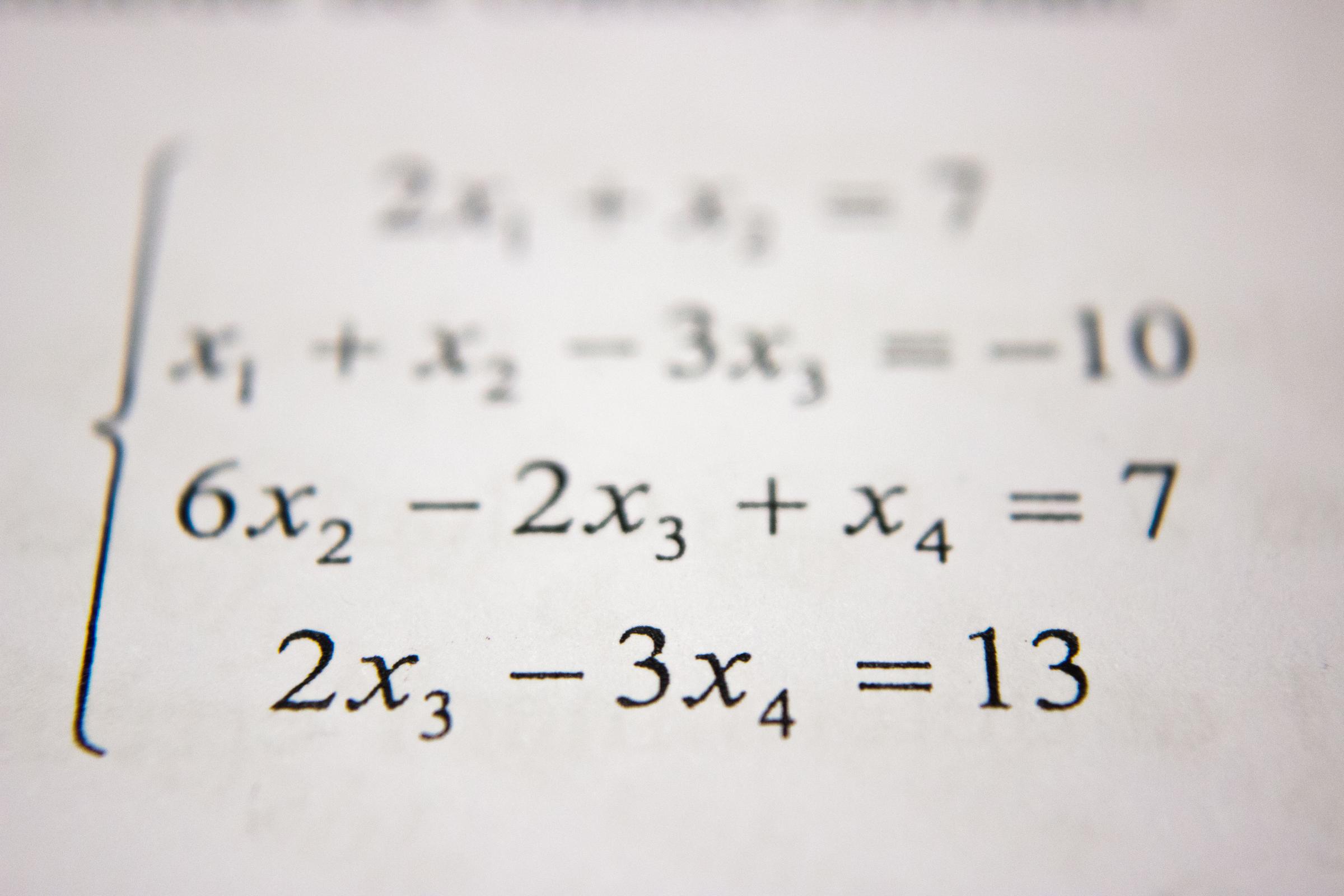
Mathematics
Mrs Robyn Wilson - MaST - Mathematics Specialised Teacher
Number bonds are two numbers that add together to make a target number. For example, number bonds to 10 might include 2 + 8, 6 + 4 and 10 + 0.
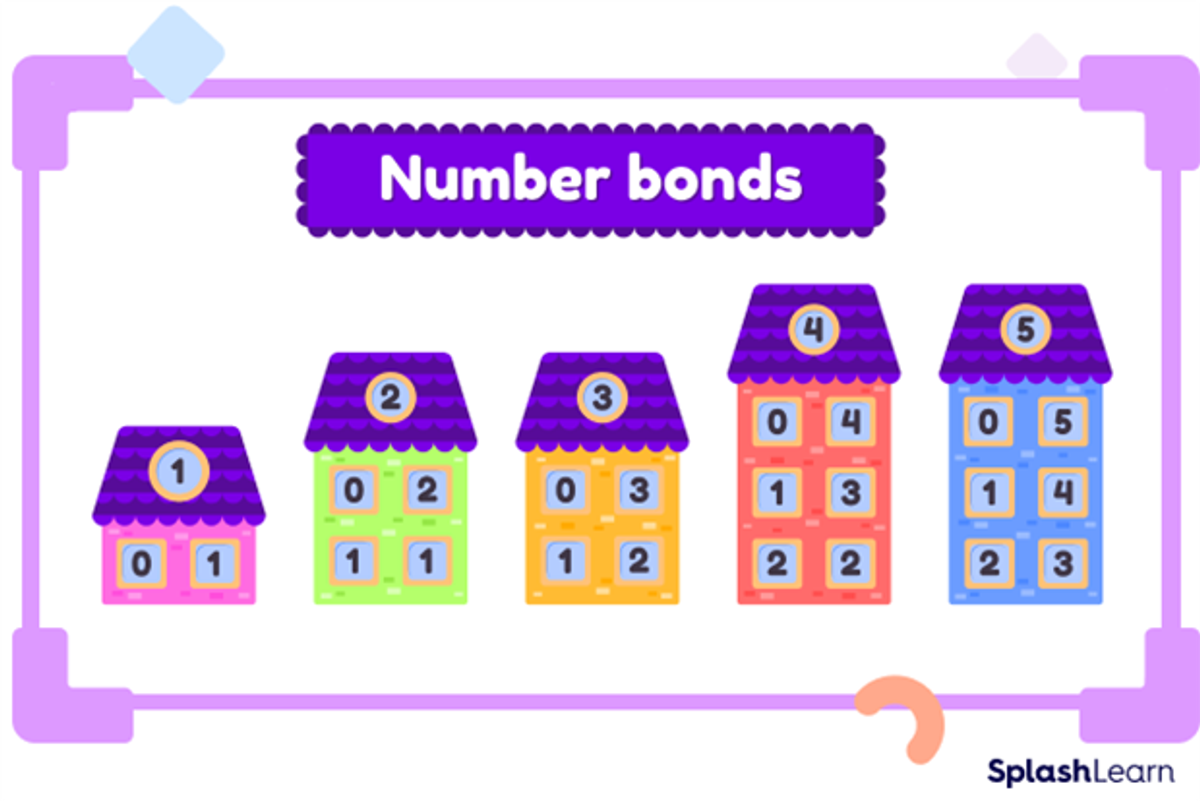

In this number bond, 5 is a whole number made up of combinations of different parts, as shown in the image below.
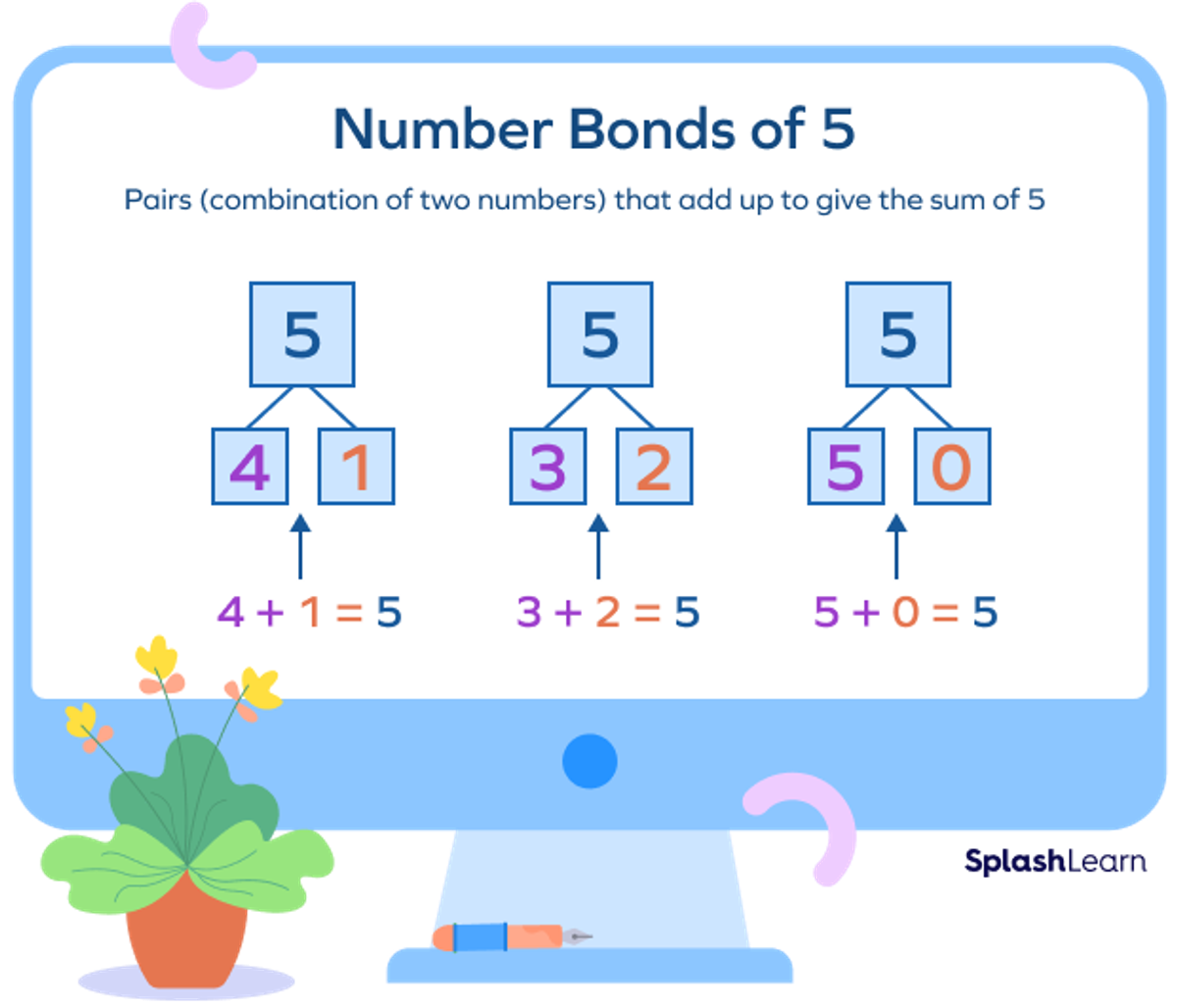

Learning number bonds helps children to learn the number sense that will inform their skills in addition and subtraction. They will be able to see that numbers can be split into component parts, which will help them with adding or subtracting larger numbers. Children will start by learning their number bonds to 5, then they’ll quickly move on to number bonds to 10. Once children are secure with number bonds to 10, it makes learning number bonds to 20, 50 and 100 much easier. They will start to see similarities in the endings of numbers and how they can help them - for example, if they have the number 67, they will immediately know that, to get to 100, the number must have a 3 on the end, because 7 + 3 = 10. A number bond is also referred to as a number pair. They are basically pairs of numbers that add to a given number. For example, 1 + 7, 2 + 6 and 4 + 4 are all number bonds of 8. Children learn to add number bond facts below 10 and the corresponding subtraction facts. For example, if they know that 2 + 7 = 9, then you can use this knowledge to calculate 9 – 7 = 2 and 9 – 2 = 7 This will also help them to spot mistakes and check working in more difficult maths, such as problem-solving.
In Kindergarten the students learn all about their numbers. They count to 100 each day see below
They also build their numbers using concrete materials. See below

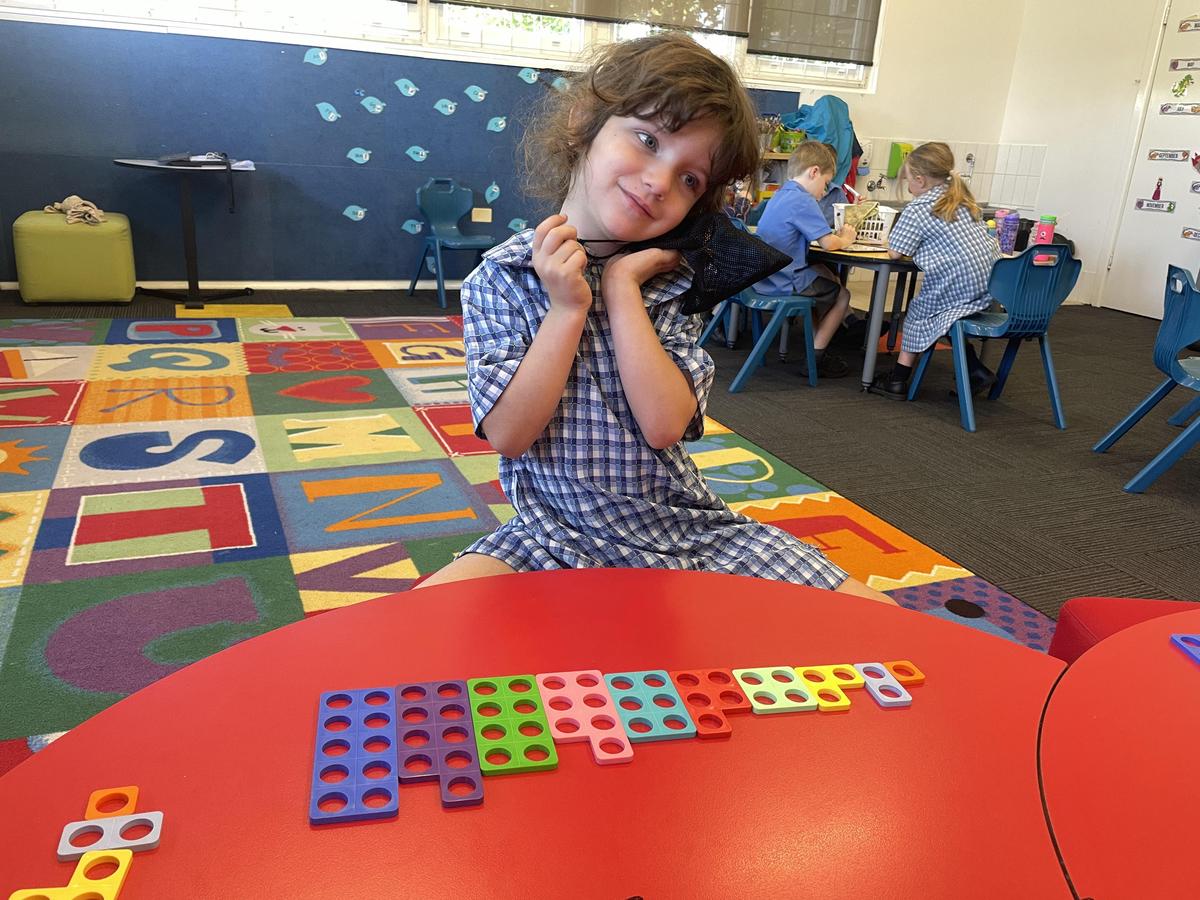
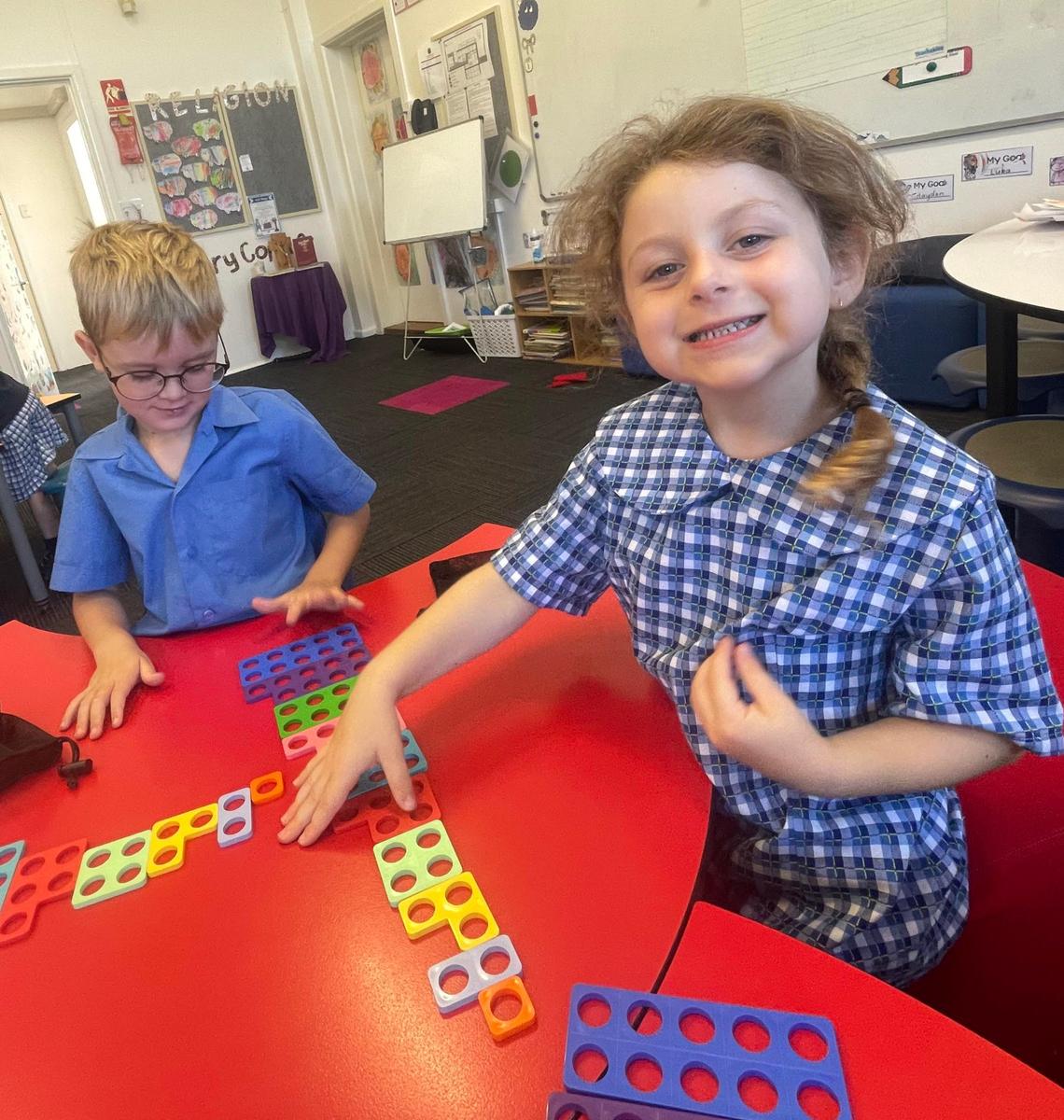
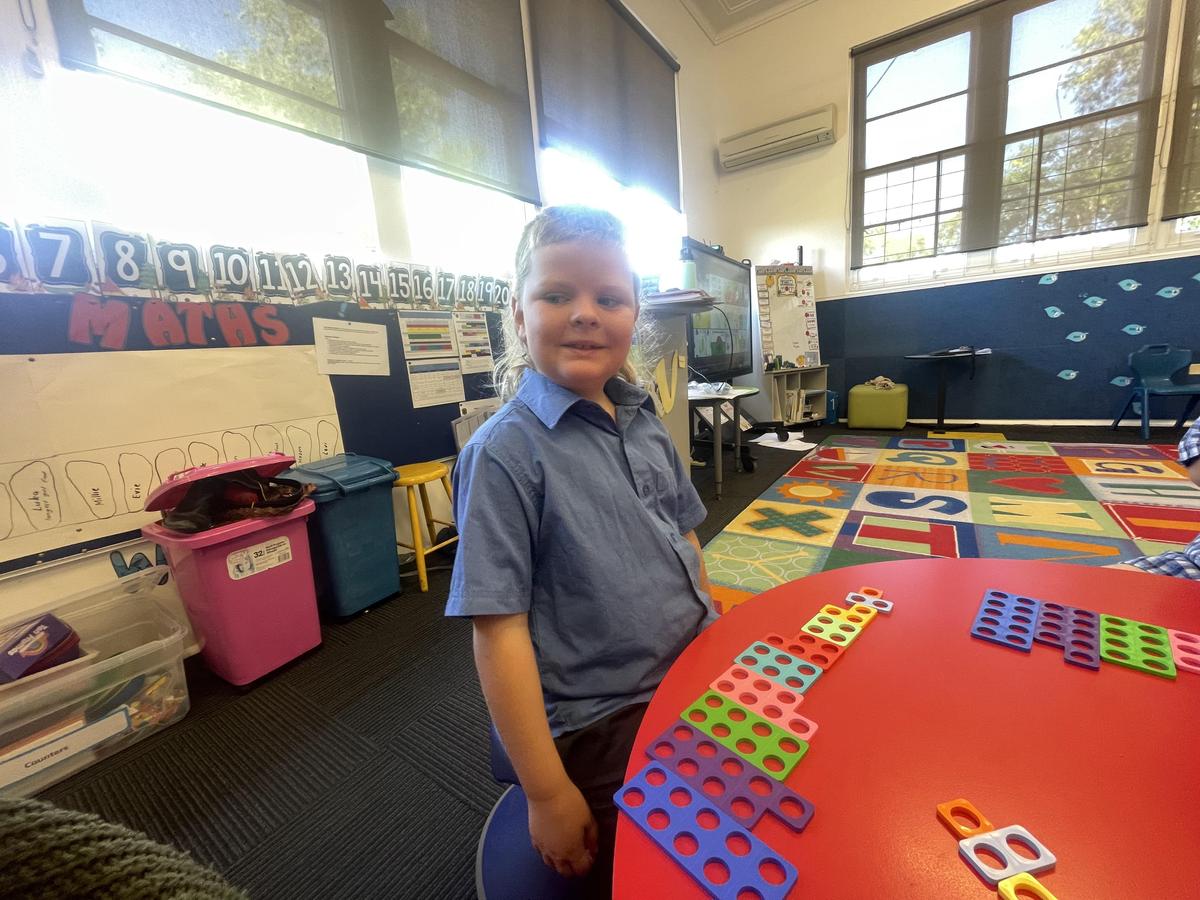
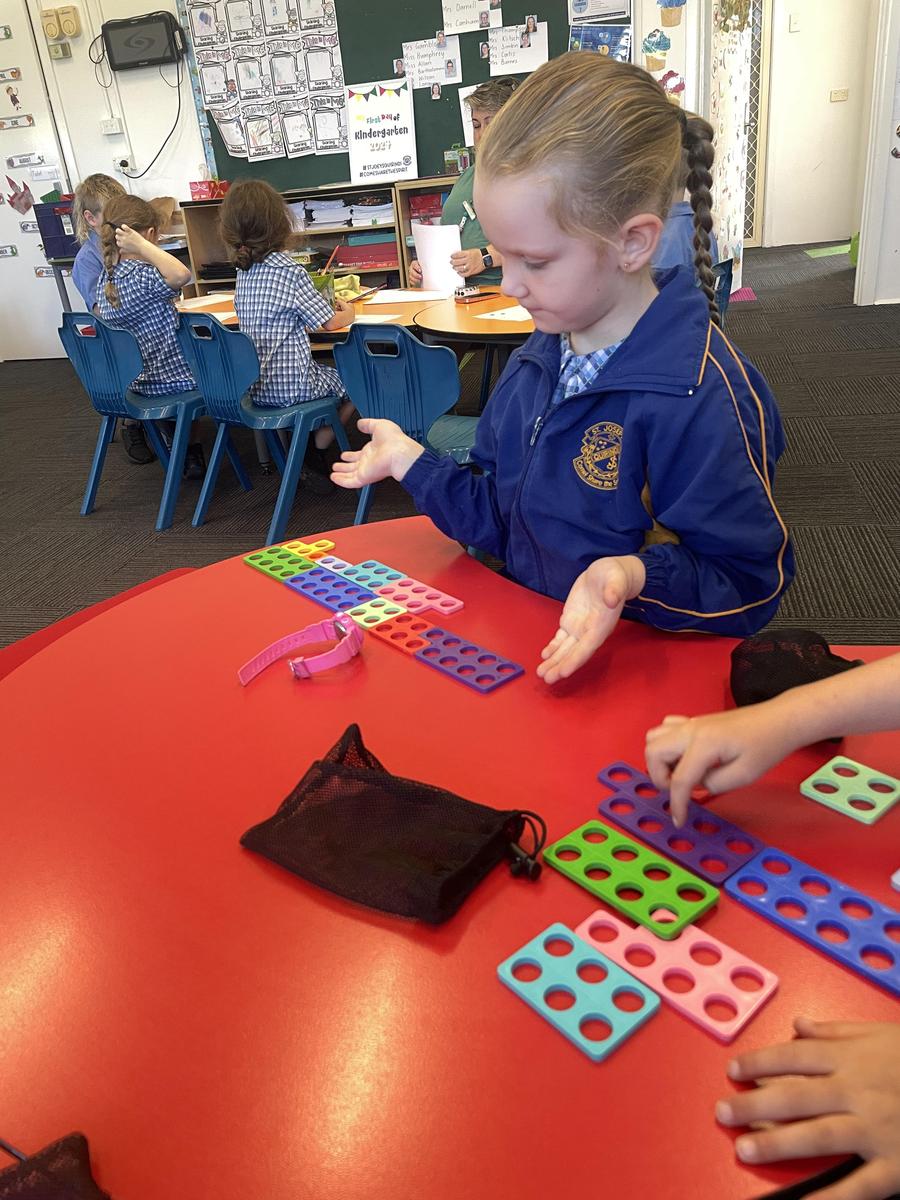


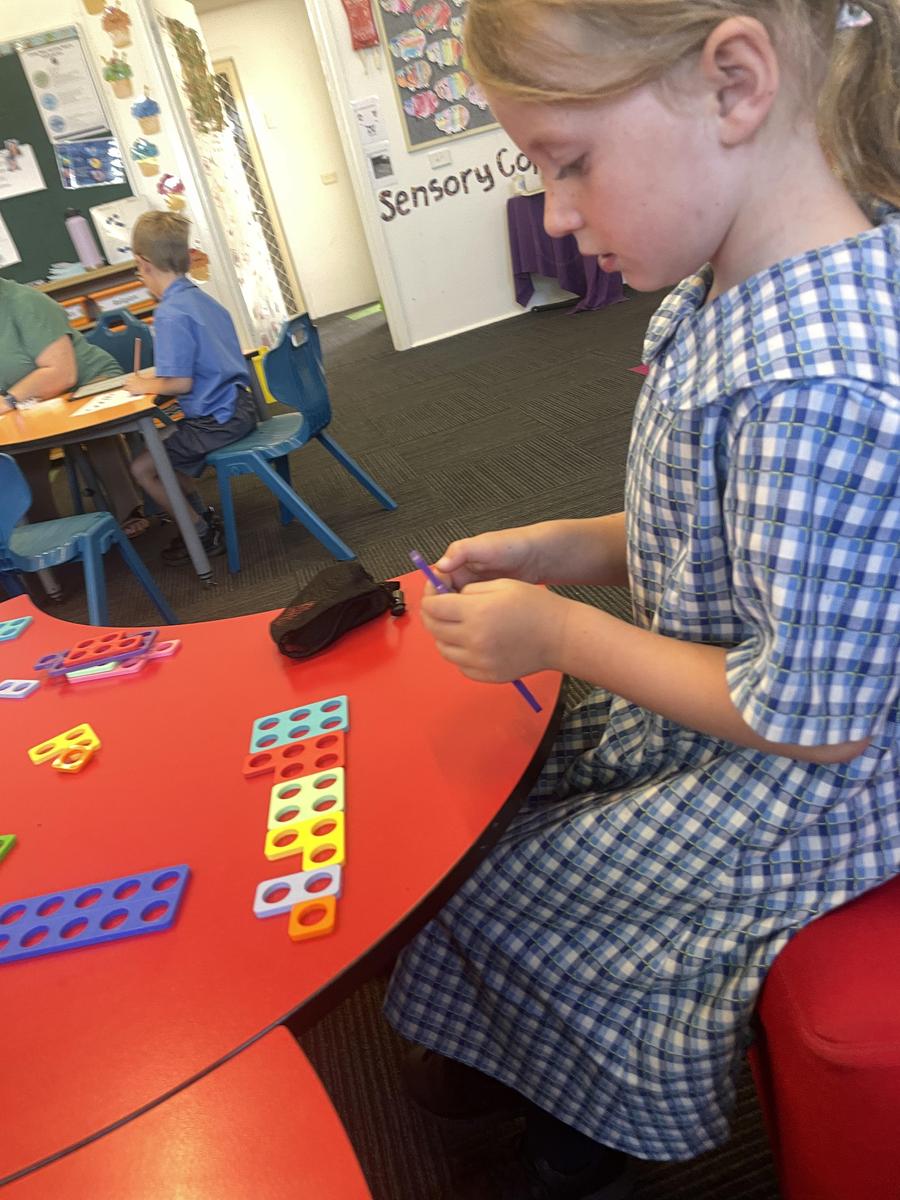

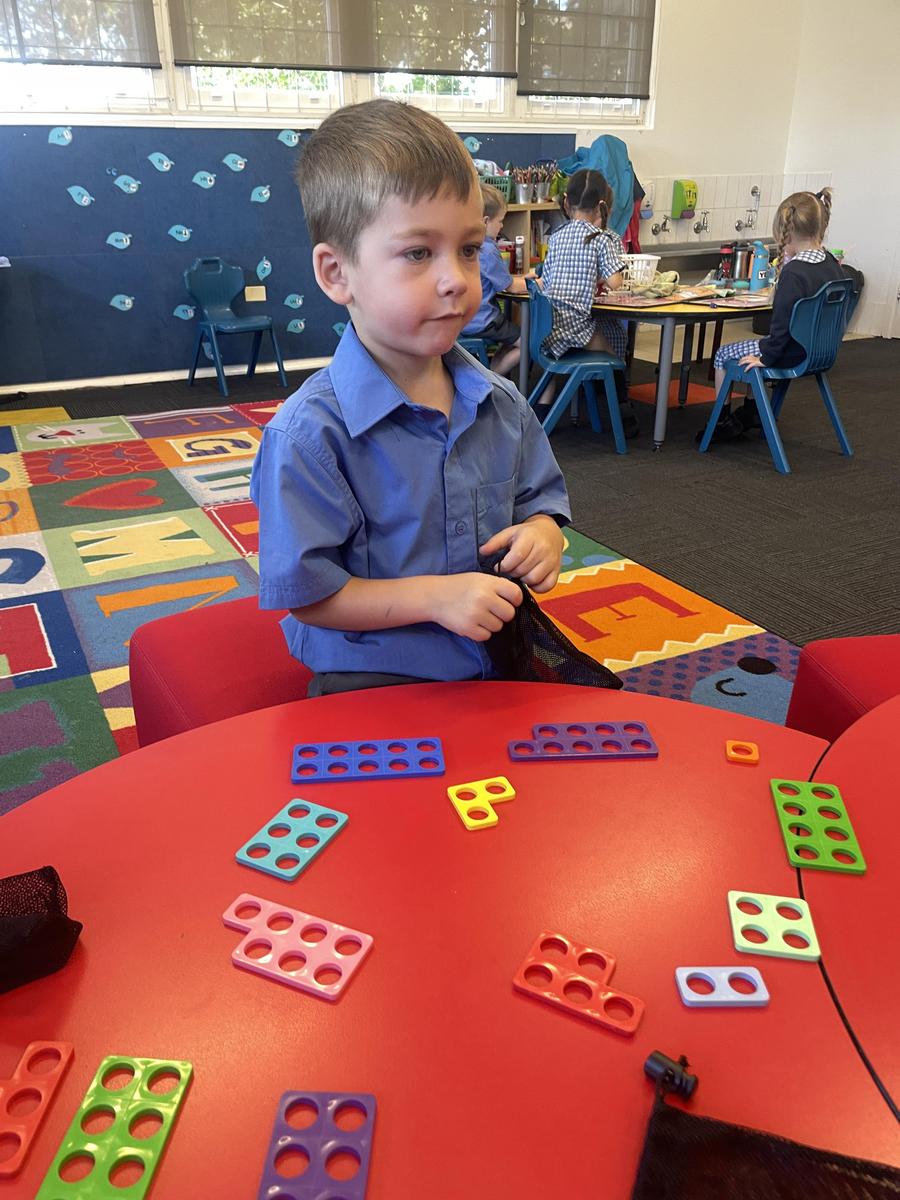












This all helps children get to know number bonds.
Concrete Step
In this step, you can ask the children to begin counting recognizable, interactive real-world objects. Then, ask them to represent actual objects with counters, followed by sorting the counters into two groups.
With this, children can discover the various ways of forming number bonds after dividing the counters into two groups.
For example, 6 can be made by the sum of the pairs of 4,2; 3,3; 5,1; 0,6,
Pictorial Step
In this step, once children have grasped the concept of number bonds through physical objects, you can teach them to write number bonds. You can also teach them how to represent number bonds with the help of pictures and illustrations.